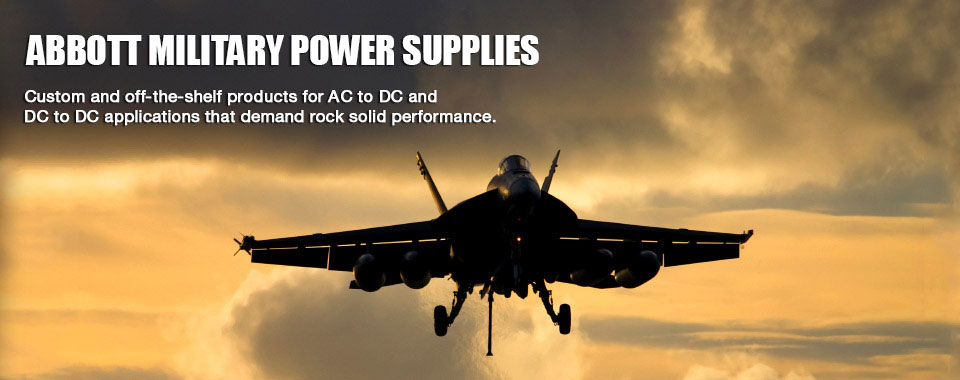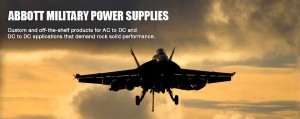To ensure electronics, communication systems, computers and drives work, they must be powered. Since the military uses delicate systems that need continuous large amounts of power, their power systems must be able to handle large influxes of power, power surges and outside forces such as weather and electromagnetic forces. Keeping military systems running through spikes and surges requires a more sophisticated system than many commercial clients will ever need. Companies are continuing to make power systems more efficient, and they are supplying them to the military in shorter time frames.
POL Converters
POL or point of load converters maximize power. They are able to withstand huge amounts of power and allow a system to use considerably less power than the system would naturally use on its own. These converters can also reduce the amount of thermal dissipation or irreversible process where heat is transformed. The POL converters allow a system to use much less power and use power at a much more efficient level. The ability to maximize power like this allows the systems to run much more efficiently and creates a more stable system. These converters also allow the systems to use more power than they were previously able to use.
Paralleled Modules
Another way to maximize power efficiency is to use a system that runs on a parallel module. These modules allow military systems continuously run efficiently—even if one of the modules is out of commission for a period of time. The other module can continue to run power through the system. These paralleled modules can generally work best with a high-powered system. They can generally handle up to a 50 A current. These power capacities are first factored for one module and then those results are simply multiplied by the number of modules the system will run.
Standardized Power Supplies
Standardized power supplies have been lowering the costs of these military-grade power systems. Since the power supplies are all required to contain and maintain consistency, they tend to cost less. Companies can build their supplies using the same specs that other companies have used and sell to customers based on the successes of previous models. Most customers seeking out military-grade power systems can now trade in an expensive custom-made system for one that is easy to maintain and costs significantly less. The company spends less on engineering and production costs, and the customer can receive the product in a shorter time frame.
Faster Production Speeds
Since there is a growing demand for military-grade power systems, these systems need to be engineered, built and shipped with shorter deadlines. Since companies are spending less time on the engineering and designing phases, they can ship the power supplies faster. The sooner the military or the company receives the power supply, the sooner they can test the supplies and begin using them. Companies need to find a way to cut design and ship times without sacrificing the quality of the product. The easiest way to do this is through a standardized power system.
Subsystem Power Supply
Military personnel use subsystem power supplies to ensure their systems are getting a clear and steady supply of power. These power supplies supply power to systems like communications technology and mission computers and systems. Therefore, they must meet military standards of 1275 and 704 (MIL-STD-1275 / MIL-STD-704). The standards ensure that the power system can regulate power without failing because of voltage surges. They must protect gear and other equipment from failing or faltering during such an electrical surge. These systems must also continue to provide power to the gear and equipment during surges.
Electromagnetic Compatibility
One of the regulations, MIL-STD-1275 also regulates electromagnetic compatibility, including the unwanted effects of an electromagnetic spike and generation of electromagnetic energy that was unintentional. These standards ensure the system can handle electromagnetic spikes in all modes of operation including starting, normal and generator modes. They must be able to continue to generate energy and push energy throughout the system during these electromagnetic ebbs and flows.
Electrical Isolation
To ensure that all systems run without interference, the power systems must have electrical isolation. This type of isolation keeps systems safe, ensuring the power is grounded and won’t cause electrical shocks. It also prevents ground loops which can sound like a humming noise and create feedback within communication systems. To ensure electrical isolation, the system must move the energy across the isolation boundary. This is done through the use of a transformer. Electrical isolation is used primarily in military-grade power systems and very rarely (if ever) used in commercial power system.
Hermeticity
When it comes to aviation, hermeticity is one of the most important factors in a military power system. Since these power supplies are greatly affected by gas or air escaping into the system, they must be hermetically sealed. When a customer seeks out a military-grade system, one of the features the customer will look to is hermeticity. As sophisticated as a power system is, it cannot function properly if it is constantly affected by outside sources and conditions.
For more information visit: Abbott Technologies





